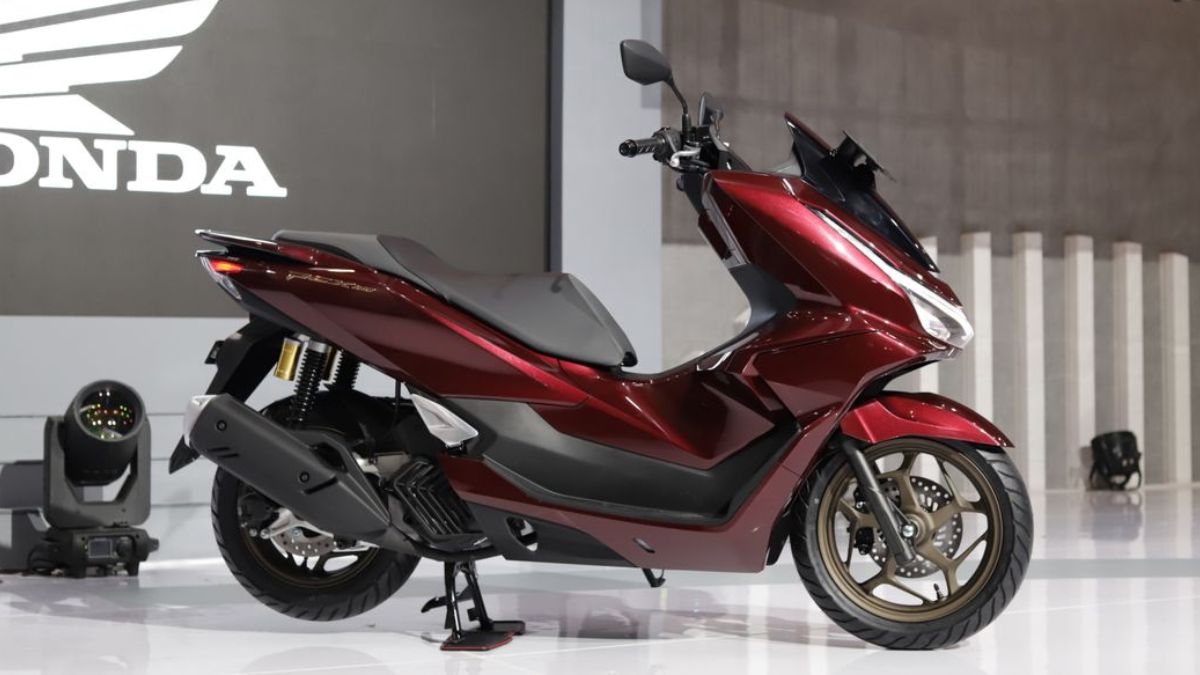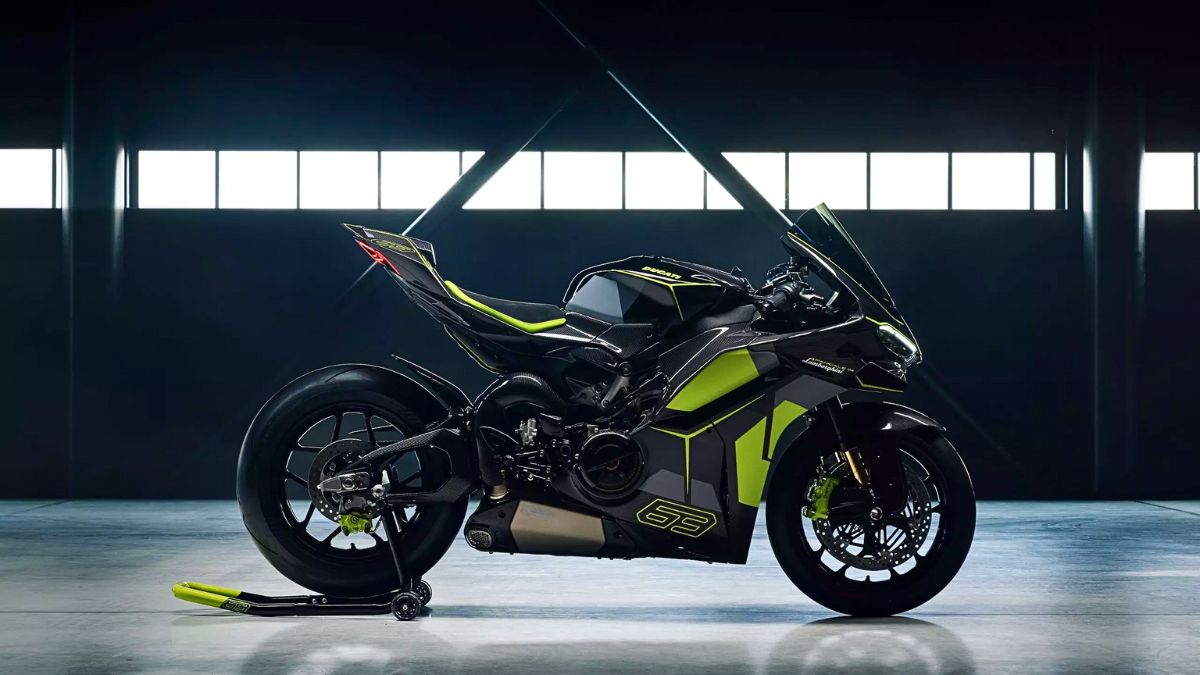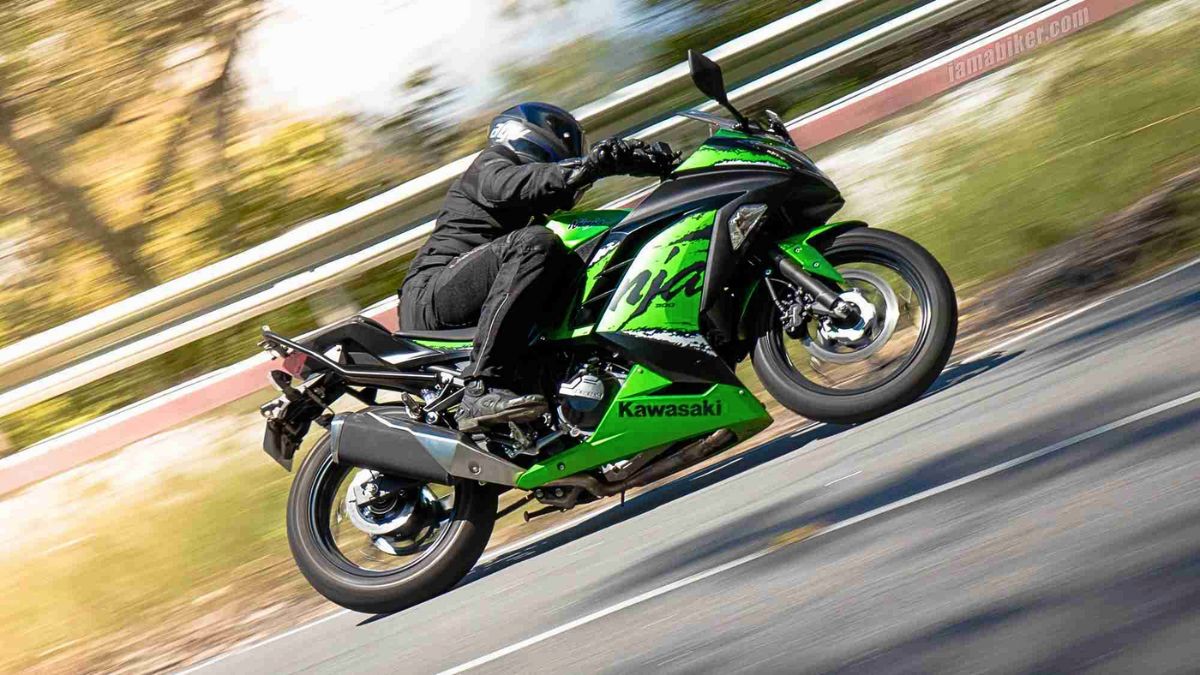Honda has filed a patent for its popular PCX160 maxi-scooter in India, hinting at a potential entry into the growing 160cc performance scooter space. While this isn’t the first time Honda has patented a scooter in India without following up with a launch, this move does raise eyebrows, especially as the segment begins to heat up with the likes of the Yamaha Aerox 155 and the recently introduced Hero Xoom 160.
Patent
The PCX160’s patent filing doesn’t confirm a launch, but it’s definitely a signal that Honda is evaluating its options more seriously now. India’s scooter market has been evolving, with customers looking for more than just mileage — styling, performance, and features are now in demand, especially among young riders and urban commuters.
Given this shift, the PCX160 could be a timely addition, should Honda choose to go ahead with its launch. The scooter already has a strong presence in Southeast Asian markets like Indonesia and the Philippines, where it’s appreciated for its premium appeal, smooth ride, and daily practicality.
Performance
The PCX160 packs a 157cc, liquid-cooled, single-cylinder engine. It delivers 16bhp and 14.7Nm of peak torque. That puts it ahead of both the Yamaha Aerox 155 and the Hero Xoom 160 on paper. But numbers don’t always tell the full story.
The Honda PCX160 has a kerb weight of 131kg. In comparison, the Aerox 155 weighs 126kg and is slightly quicker due to its sportier power-to-weight ratio. Still, the PCX160 offers a refined performance-oriented experience that should appeal to riders who prioritise smooth power delivery over outright acceleration.
Here’s a comparison of the three scooters:
| Model | Engine (cc) | Power (bhp) | Torque (Nm) | Kerb Weight |
|---|---|---|---|---|
| Honda PCX160 | 157 | 16 | 14.7 | 131kg |
| Yamaha Aerox 155 | 155 | 15 | 13.9 | 126kg |
| Hero Xoom 160 | 156 | TBA | TBA | TBA |
Hardware
Built on an underbone chassis, the PCX160 comes with a comfortable and balanced setup. It uses telescopic forks at the front and twin shock absorbers at the rear. For braking, it features disc brakes at both ends — a must for a scooter in this segment.
The wheel setup includes a 14-inch wheel at the front and a slightly smaller 13-inch at the rear. This combination offers a balance between handling and comfort, making the scooter well-suited for city traffic as well as longer weekend rides.
Segment
The performance scooter space in India has been slowly gaining traction. While commuter scooters still dominate in terms of numbers, there’s growing demand for more stylish and powerful alternatives. The Aerox 155 essentially created this niche, and the Xoom 160 has only helped expand the conversation.
Honda, with its reputation for reliability and refinement, could fit into this segment quite well. The PCX160 could cater to urban professionals and young buyers looking for a scooter that can handle both weekday traffic and weekend getaways with ease.
Possibility
While there’s no official confirmation yet, the growing interest in premium scooters and the maturing two-wheeler market in India make the PCX160 a strong candidate for launch. However, it remains to be seen whether Honda will move forward or keep the model confined to its patent drawer like some of its earlier scooters.
Either way, the PCX160’s presence in the patent office suggests that Honda is watching the segment closely — and if the stars align, we could see another exciting option on Indian roads soon.
FAQs
Has Honda launched the PCX160 in India?
No, it has only been patented so far.
What is the engine capacity of the PCX160?
It uses a 157cc single-cylinder engine.
How much power does the PCX160 make?
It produces 16bhp and 14.7Nm of torque.
What is the PCX160’s kerb weight?
It weighs 131kg.
Which scooters rival the PCX160?
The Yamaha Aerox 155 and Hero Xoom 160.






